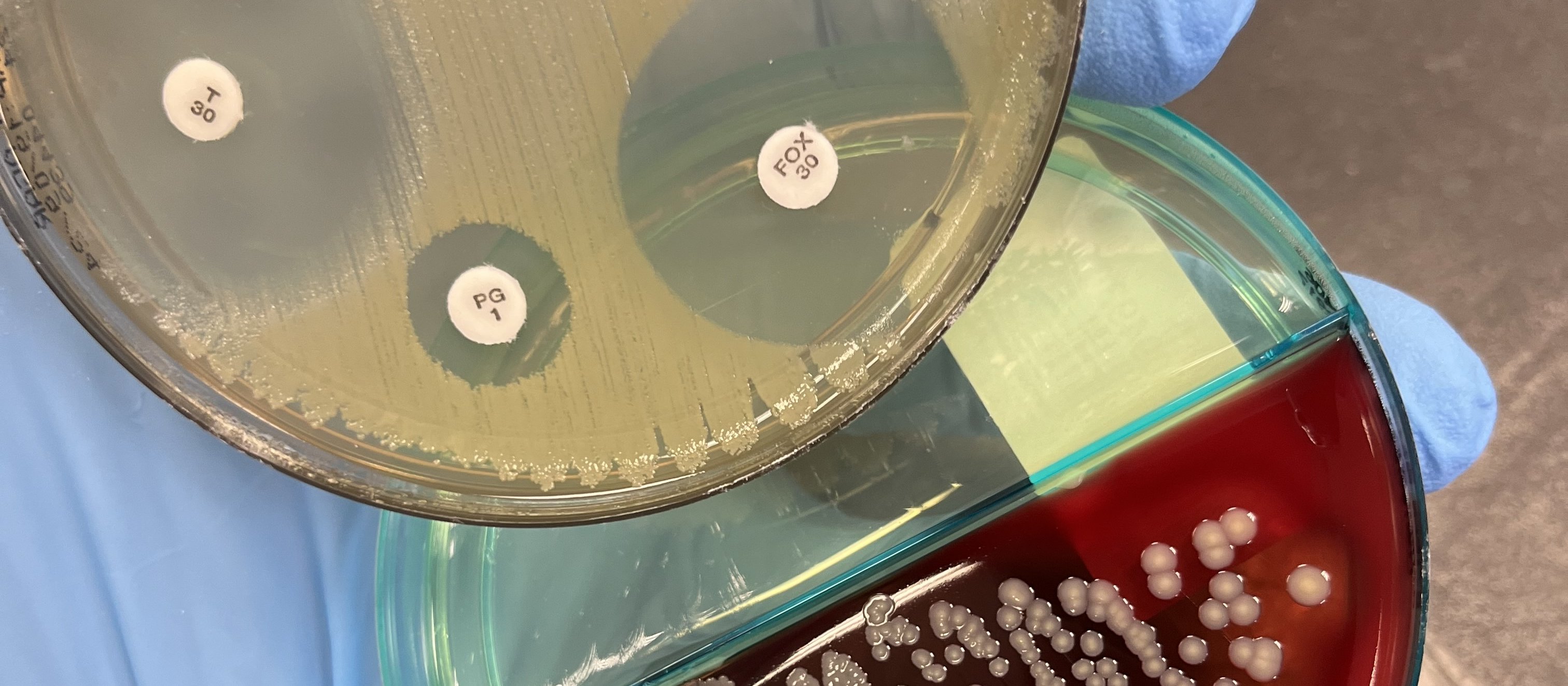For older people and frail people, the long-term benefit of medicines reduces and the potential for harm from adverse effects increases. When the benefit–risk balance changes in this way, medicine review and optimisation are important to simplify the therapeutic regimen, reduce inappropriate medicines and minimise risks. In this article, pharmacist prescriber Linda Bryant uses two case studies to illustrate important considerations during medicine reviews
Cellulitis: Oral antibiotics replace therapy of yesteryear
Cellulitis: Oral antibiotics replace therapy of yesteryear

Clinical microbiologist Max Bloomfield reviews the treatment of cellulitis in the community and emphasises the benefits of using high-dose oral antibiotic therapy
Kia ora and welcome to New Zealand Doctor Rata Aotearoa
Not a subscriber? Unlock this article by subscribing here.
1. Iversen K, Ihlemann N, Gill SU, et al. Partial oral versus intravenous antibiotic treatment of endocarditis. N Engl J Med 2019;380(5):415–24.
2. Li HK, Rombach I, Zambellas R, et al. Oral versus intravenous antibiotics for bone and joint infection. N Engl J Med 2019;380(5):425–36.
3. Kaasch AJ, López-Cortés LE, Rodríguez-Baño J, et al. Efficacy and safety of an early oral switch in low-risk Staphylococcus aureus bloodstream infection (SABATO): an international, open-label, parallel-group, randomised, controlled, non-inferiority trial. Lancet Infect Dis 2024;24(5):523–34.
4. Dalen D, Fry A, Campbell SG, et al. Intravenous cefazolin plus oral probenecid versus oral cephalexin for the treatment of skin and soft tissue infections: a double-blind, non-inferiority, randomised controlled trial. Emerg Med J 2018;35(8):492–98.
5. Bowhay TR, Tsang T, Wei JCZ, et al. Oral antimicrobial therapy for cellulitis versus outpatient parenteral antimicrobial therapy: a single-centre audit of cellulitis outcomes. Intern Med J 2024;54(2):320–27.
6. Everts RJ, Gardiner SJ, Zhang M, et al. Probenecid effects on cephalexin pharmacokinetics and pharmacodynamics in healthy volunteers. J Infect 2021;83(2):182–89.
7. Taggart M, Langworthy K, Hui S, et al. Serological responses to Streptococcus pyogenes vaccine candidate antigens suggests that Streptococcus dysgalactiae is the predominant cause of lower limb cellulitis. Open Forum Infect Dis 2024;11(6):ofae272.
8. Balm M, Bupha-Intr O, Sinha T, et al. Incorporating patient, nursing and environmental factors into antimicrobial stewardship: effects of simplifying treatment from cefuroxime to ceftriaxone. N Z Med J 2024;137(1594):31–42.



